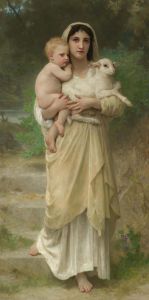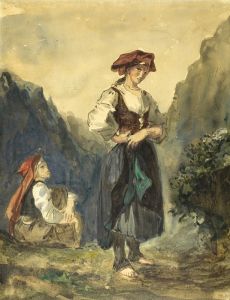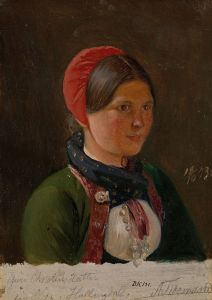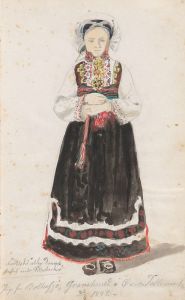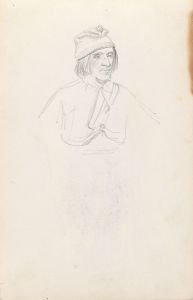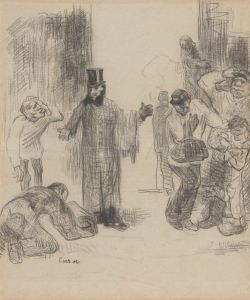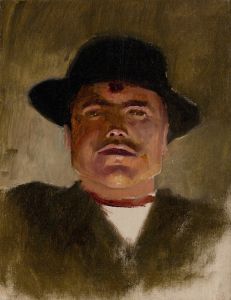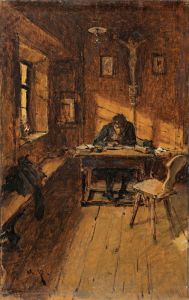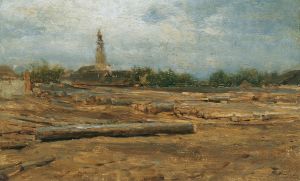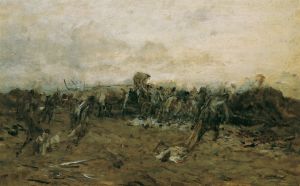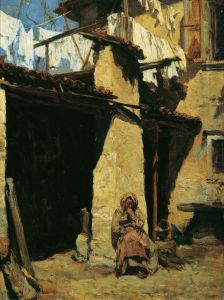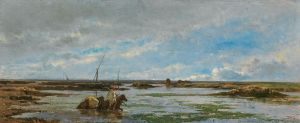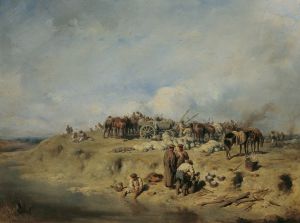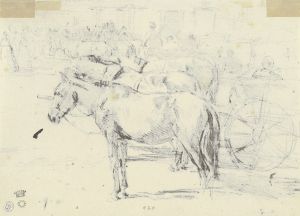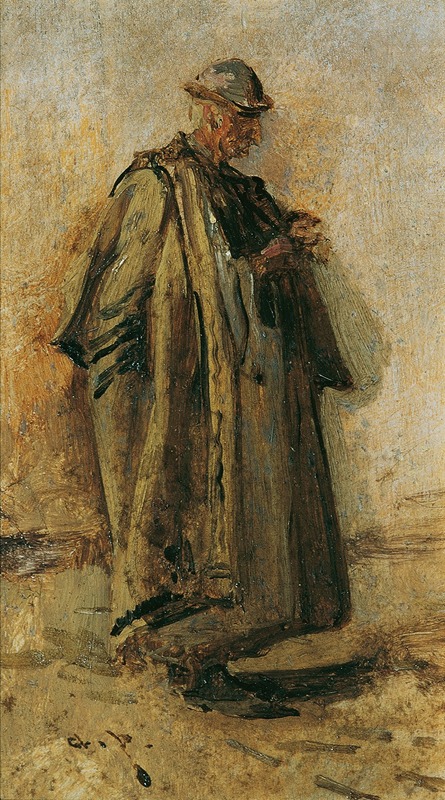
Ungarischer Schafhirte
A hand-painted replica of August von Pettenkofen’s masterpiece Ungarischer Schafhirte, meticulously crafted by professional artists to capture the true essence of the original. Each piece is created with museum-quality canvas and rare mineral pigments, carefully painted by experienced artists with delicate brushstrokes and rich, layered colors to perfectly recreate the texture of the original artwork. Unlike machine-printed reproductions, this hand-painted version brings the painting to life, infused with the artist’s emotions and skill in every stroke. Whether for personal collection or home decoration, it instantly elevates the artistic atmosphere of any space.
August von Pettenkofen (1822–1889) was an Austrian painter known for his depictions of rural life, particularly scenes from Hungary. One of his notable works, "Ungarischer Schafhirte" (translated as "Hungarian Shepherd"), reflects his interest in capturing the everyday lives of people in the Hungarian countryside. Pettenkofen was deeply influenced by his travels to Hungary, where he found inspiration in the landscapes, culture, and people of the region.
"Ungarischer Schafhirte" portrays a shepherd, a common figure in rural Hungary, engaged in his daily activities. The painting is characterized by Pettenkofen's realistic yet sensitive approach to his subjects. He often employed a muted color palette and soft brushstrokes, which lent his works a sense of intimacy and authenticity. This particular painting exemplifies his ability to convey the quiet dignity of rural laborers and their connection to the land.
Pettenkofen's artistic style was shaped by his training at the Academy of Fine Arts in Vienna and his exposure to the works of other European artists. Initially, he focused on historical and genre painting, but his visits to Hungary in the 1850s marked a turning point in his career. He became one of the leading figures of the Hungarian school of painting, despite being Austrian, and his works often bridged the artistic traditions of both countries.
The exact date of creation for "Ungarischer Schafhirte" is not definitively documented, but it likely belongs to the period when Pettenkofen was most active in depicting Hungarian themes, roughly between the 1850s and 1870s. During this time, he frequently visited the Hungarian town of Szolnok, which became a hub for artists and a source of inspiration for his work.
Pettenkofen's paintings, including "Ungarischer Schafhirte," are valued for their ethnographic and artistic significance. They provide a glimpse into the lives of 19th-century rural communities and reflect the broader Romantic movement's interest in folk culture and the natural world. Today, his works are held in various collections, including the Belvedere Museum in Vienna, which houses a significant number of his paintings.
While specific details about "Ungarischer Schafhirte" may be limited, the painting remains an important example of Pettenkofen's contribution to 19th-century European art and his dedication to portraying the lives of ordinary people with respect and artistry.





